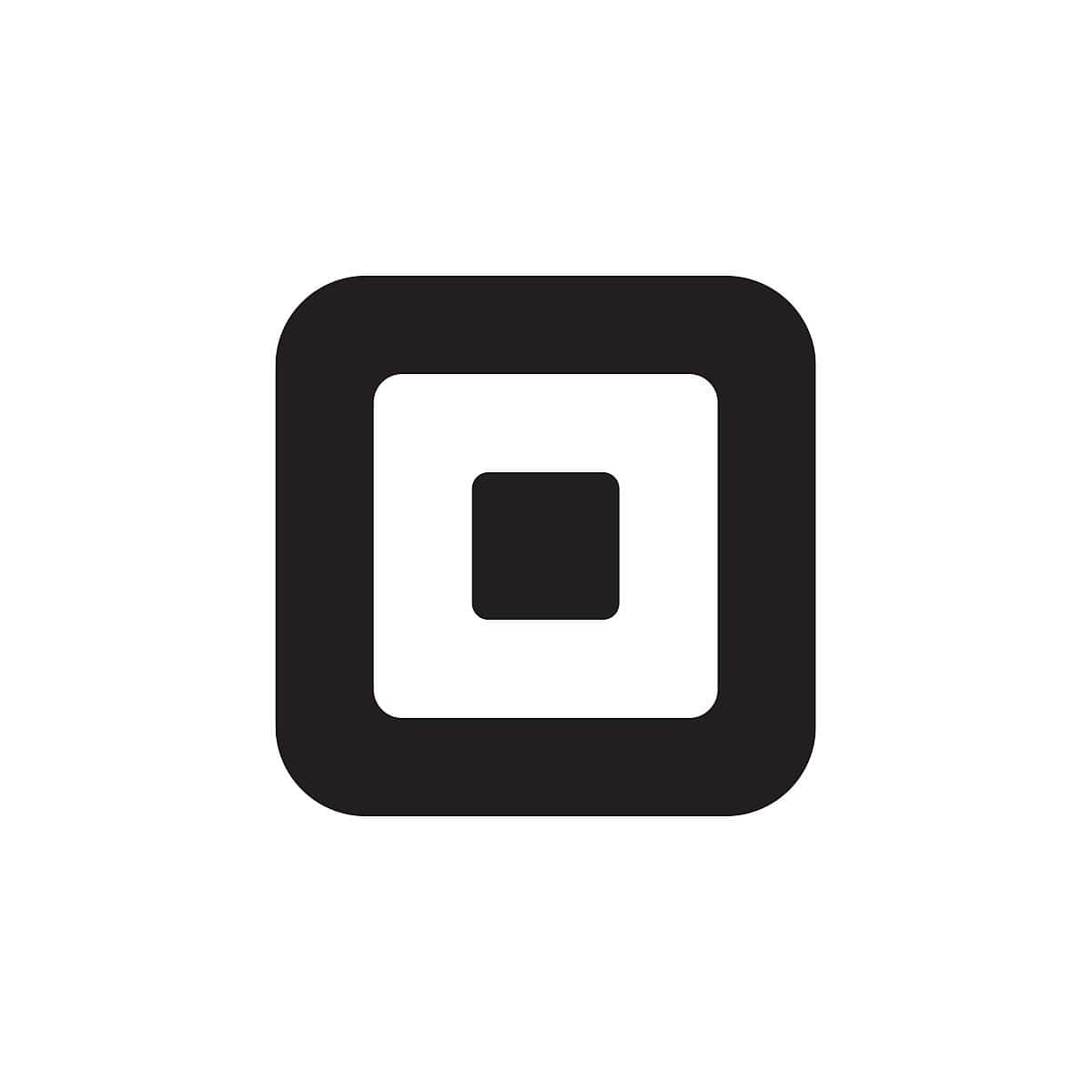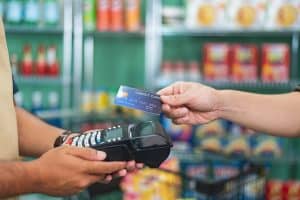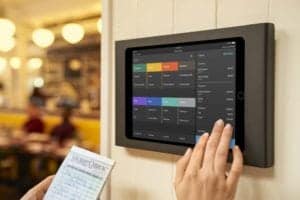Customers are starting to expect retail stores to offer BOPIS options, so are you ready to implement Buy Online, Pickup In Store at your small business?
Our content reflects the editorial opinions of our experts. While our site makes money through
referral partnerships, we only partner with companies that meet our standards for quality, as outlined in our independent
rating and scoring system.
What is BOPIS? Convenient and immediate, BOPIS — meaning “Buy Online, Pickup In Store” — combines the best of online and in-person shopping for retail customers. BOPIS also benefits retail businesses by reducing shipping costs and increasing foot traffic to their brick-and-mortar stores.
However, implementing this omnichannel sales option can pose challenges to retailers since it requires certain resources, including BOPIS software and personnel, to fulfill BOPIS orders.
If you are ready to make the leap to omnichannel sales and start offering BOPIS, you will need BOPIS software — that is, an omnichannel retail POS system. Check out our picks for the best retail POS systems.
What Is BOPIS?
BOPIS is an acronym for “Buy Online, Pickup In Store.”
With BOPIS, customers place an order on your website and pick it up at your local store. BOPIS is a popular omnichannel shopping method for shoppers who want the convenience of online shopping but the instant gratification of shopping in-store.
How Does BOPIS Work For Retailers?
There are a few ways retailers can execute BOPIS.
For example, a special section of a store can be set aside for online order fulfillment and pickup. Stores can also offer a curbside pickup option, where customers simply park in a designated space, and someone will come out to place their order in their trunk.
Setting up a BOPIS system that works for your small business and your customers is key. A convoluted or confusing system might turn customers away, so take some time to think of implementation best practices.
Implementing BOPIS
To implement BOPIS, you need BOPIS software and other resources. Here are the main elements you need to implement a BOPIS strategy:
- eCommerce Website: A website and/or app with an “in-store pickup” or “curbside pickup” option
- Omnichannel POS: An omnichannel retail point of sale (POS) system that integrates with your eCommerce website
- Inventory Software: Real-time inventory management software that syncs your online and offline inventories
- Marketing Software: Let customers know you offer BOPIS using promotional emails
- Dedicated Space: A designated space in your store where you can hold BOPIS orders that customers can pick up
- Dedicated Staff: Personnel to fulfill BOPIS orders in a timely manner (customers usually expect to pick up in one to two hours)
Once you have all these elements in place, you’ll still need to develop your own internal BOPIS process that works best for your store and your software systems. After that, you can train your staff on how to do BOPIS and market this buying option to your customers.
POS & eCommerce Platforms That Are BOPIS Compatible
- Square: Square POS is a free omnichannel system that comes with a free online store (Square Online) on which you can enable options for customers to order online and pick up in-store or curbside.
- Lightspeed Retail: Lightspeed Retail is an iPad POS with inventory management and omnichannel capabilities, including BOPIS. Lightspeed’s Standard package ($119/month) includes Lightspeed POS + eCommerce, which you’ll need for BOPIS.
- Shopify: Shopify POS is both a POS and an eCommerce solution. If you add Shopify Pro ($89/month) to your Shopify POS package, you can offer omnichannel options, including BOPIS.
- BigCommerce: BigCommerce is an online shopping cart solution that integrates with a lot of POS systems. Using BigCommerce with a BOPIS extension (there are several to choose from) and an integrated POS system, you will be able to offer customers a BOPIS checkout option.
- WooCommerce: WooCommerce is another popular online shopping cart that integrates with many POS systems. WooCommerce supports BOPIS out of the box, though only for a single store.
What BOPIS Means For Your Customers
There are several reasons why a customer may prefer BOPIS to shopping in-person or having items shipped to their home:
- Save On Shipping: With BOPIS, there are no shipping costs or other shipping hassles — such as shipping delays, items getting lost or stolen during the shipping process, or waiting to receive a package only to find that the store sent the wrong item.
- Fast Fulfillment: Using BOPIS, customers can usually pick up an item the same day they order it, and often within an hour or two. This is much quicker than waiting five or more days to receive something in the mail.
- Saves Time: Not only is BOPIS faster than shipping, but it’s also faster than browsing a store to find a particular item or items. BOPIS time savings are especially pronounced when you’re purchasing many items at once, e.g., grocery shopping.
- In-stock Guarantee: One of the worst parts of in-person shopping is driving to the store only to discover that the store does not have the item you want in stock. With BOPIS, you not only know that an item is in stock, but that it is being held for you specifically because you’ve already paid for it (or agreed to pay for it on pickup, depending on how the BOPIS program is structured).
- Easier Returns: With BOPIS, returns are smoother and quicker than going through the mail. The store can process the return immediately if the customer isn’t satisfied with the item on pickup.
- Safer During COVID: Because BOPIS customers spend much less time in your store (if they even have to go inside at all), they have a reduced chance of COVID exposure from shopping. Using BOPIS, customers can also avoid unnecessary visits to stores.
Advantages Of BOPIS For Retailers
BOPIS drives sales and increases profit margins, making it a boon for retailers:
- Increase Foot Traffic: BOPIS gets people to your brick-and-mortar store who might otherwise only shop from home. This foot traffic helps drive sales. According to the International Council of Shopping Centers, 67% of BOPIS customers make additional purchases when picking up their items.
- Boost Customer Satisfaction: For all the reasons mentioned above, a growing number of customers want to see BOPIS offered as a sales option. And if you make it more convenient to purchase items from your store, customers are more likely to shop with you rather than a competitor.
- Reduce Shipping Costs: Just like BOPIS saves customers on shipping costs, it saves stores on shipping expenses too. From a logistical standpoint, it’s much easier and less expensive to have a customer pick up an order versus having to ship it out to them.
- Fewer Returns: Not only are returns easier to process with BOPIS, but they are also easier to avoid. When a customer is able to visually inspect an item and make sure it’s satisfactory before leaving your store with it, they are naturally less likely to need to return it.
- Prevent Abandoned Carts: According to a Forbes survey, 77% of online shoppers have abandoned a purchase due to “unsatisfactory shipping options” (for example, no free shipping). BOPIS avoids the issue of shipping sticker shock altogether, making your customer more likely to follow through with their purchase.
Disadvantages Of BOPIS For Retailers
The main disadvantages of BOPIS for retailers are ultimately the expenses associated with it.
BOPIS Software Costs
BOPIS requires certain software, including eCommerce website software, POS software, inventory software, and marketing software to get the word out about your BOPIS program. This software needs to be smart enough to “talk to” each other and to do things like sync your BOPIS and in-store inventories and send customers notifications when their item is ready for pickup.
Though you’ll typically pay a monthly fee for these software functions, you can save some costs by choosing the best free eCommerce software or an all-in-one retail POS system that comes with all of these functions included (inventory, eCommerce, marketing, etc.). There are also free POS systems with BOPIS functionality — for example, Square includes a free online store with curbside or in-store pickup options; the system will also notify customers via text when their order is ready.
Infrastructure Costs
In addition to software, your store will also need a local brick-and-mortar presence, which is something eCommerce-only businesses can’t provide. Commercial real estate is expensive and even stores that do have a physical location might find it difficult or cost-prohibitive to carve out a special space for BOPIS fulfillment and pick up, especially if they’re not sure how popular customers will find this buying option.
During this time of historically short staffing, businesses can also struggle to find personnel to fulfill BOPIS orders. If your existing employees are already stretched thin from in-person sales, they may not be able to also take on the added role of putting together BOPIS orders — or at least not within the speedy timeframe that BOPIS customers expect. As a result, you may need to add another hire to your payroll to implement BOPIS.
Should You Implement BOPIS?
Although BOPIS may entail an investment in both your business software and brick-and-mortar business systems, for most retailers, the benefits of BOPIS outweigh the potential downsides. BOPIS drives sales, reduces shipping costs, and most importantly, your customers have come to expect it. If you don’t offer BOPIS, there’s a good chance your competitor will.










